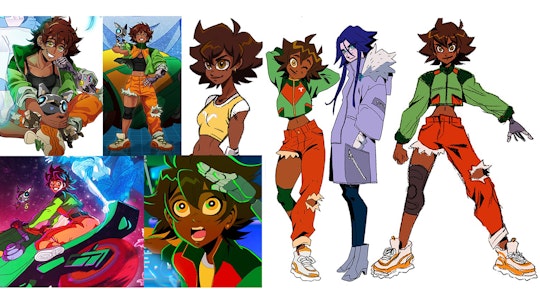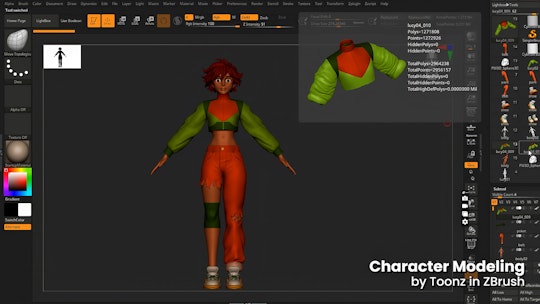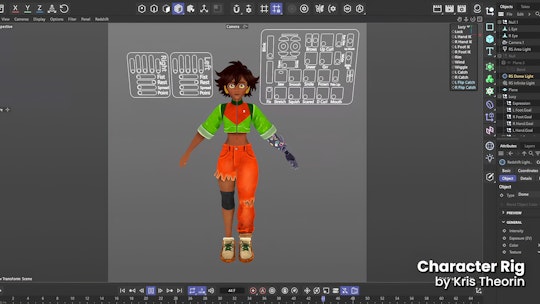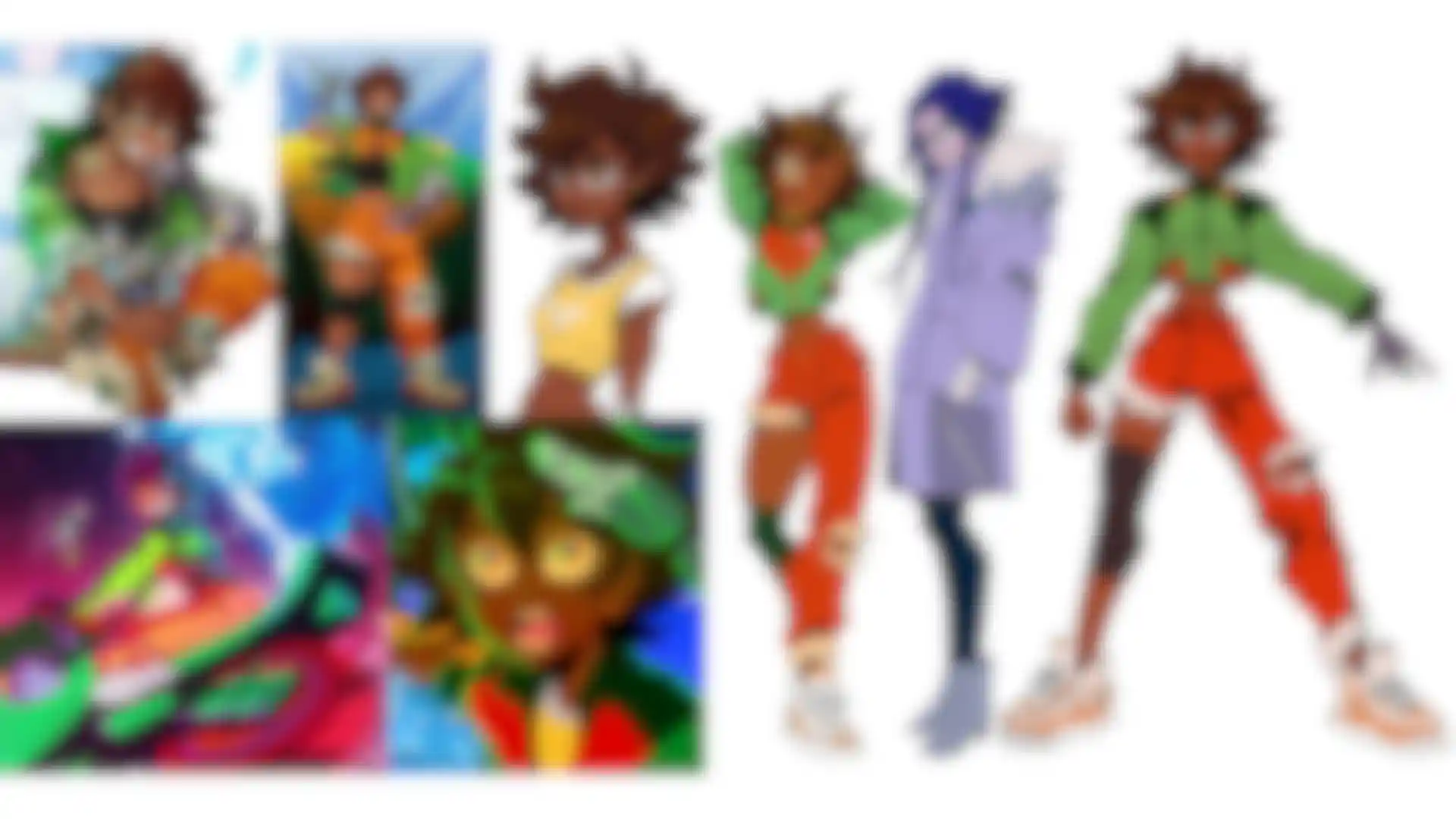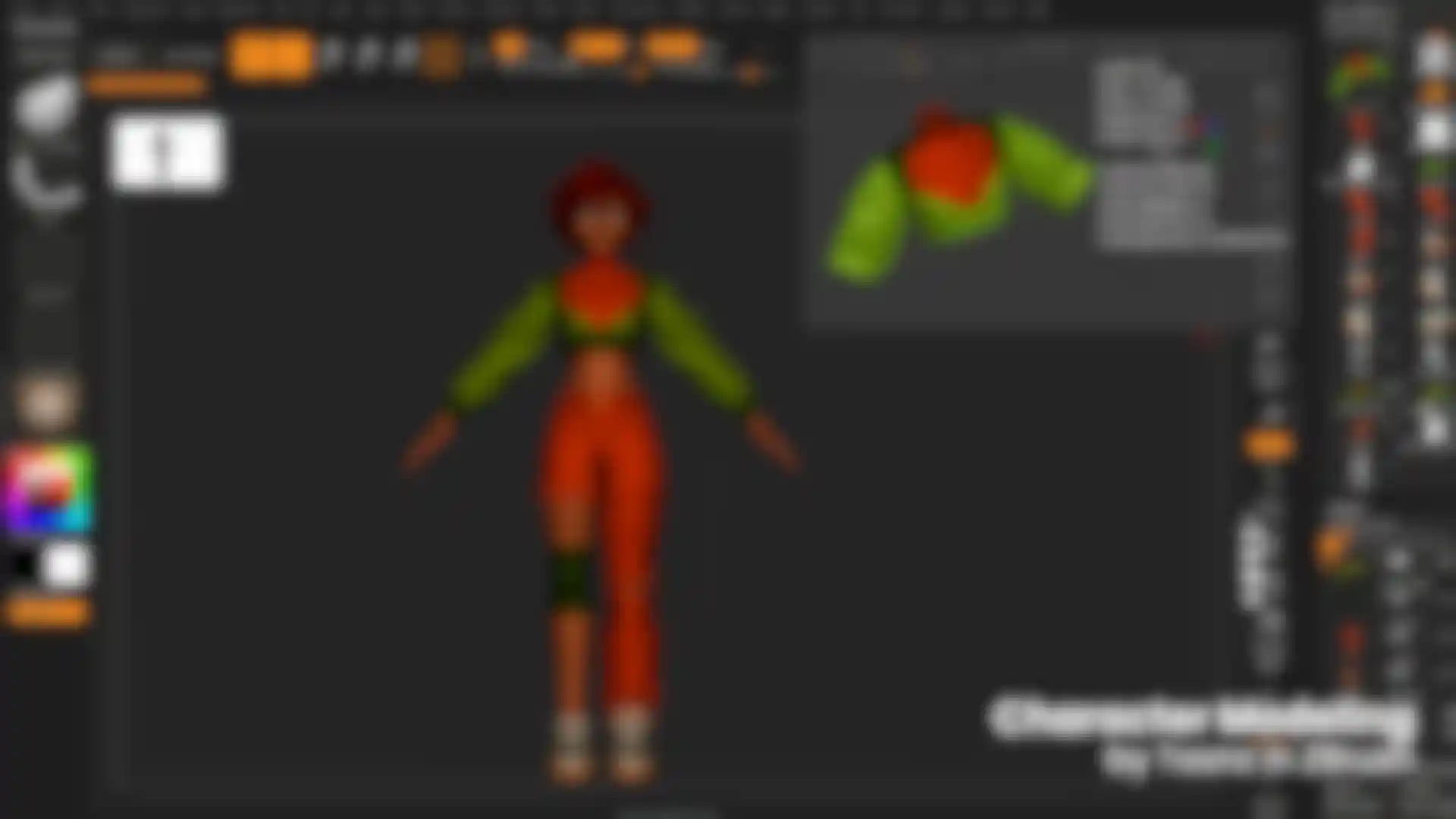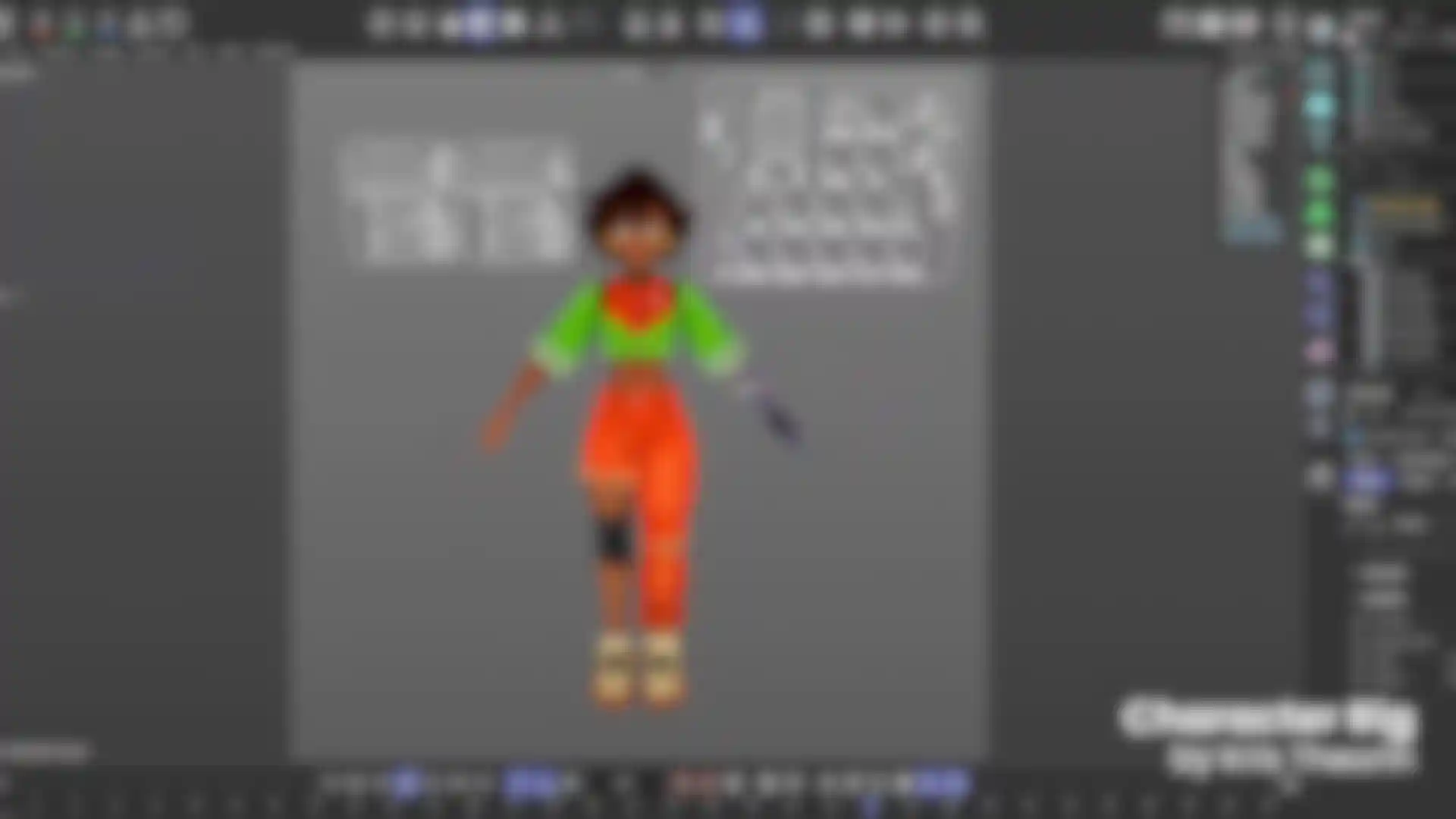
Behind the Scenes of Something’s Awry Productions’ Snapdragon Short ‘Rush Order’ Something’s Awry Productions takes us on a futuristic police chase in “Rush Order,” their latest creative project for the Snapdragon Summit 2025.
Whether it’s creating branded content for clients like Disney or creating viral videos for social media, Something’s Awry Productions has creativity in their DNA. The indie animation studio has created a wide range of animation projects, VFX videos, and branded content that has earned them a reputation for bringing a fresh perspective to all things ordinary.
For this year's Snapdragon Summit, Something's Awry created an exhilarating short that showcases the creative possibilities artists will soon be able to experience on the go, with Cinema 4D and ZBrush coming to Snapdragon X Series Windows Laptops in spring 2026.
We caught up with Amy and Kris Theorin from Something’s Awry Productions for a behind-the-scenes look into the futuristic world of “Rush Order.”
What was the inspiration behind “Rush Order”?
Theorin: The story for “Rush Order” came from the combination of ideas and technical requirements we had to meet. We had just over five weeks to complete the short, which meant we had to think about how we could design a film around this challenge. With that in mind, I immediately thought of a high-speed chase through the city streets. Not only did it significantly cut down on character animation, but it also gave us something much easier to animate without sacrificing visual flair.

We brainstormed how to adapt this structure into a story and that’s when it all clicked into place. For several years now, our creative director Kurtis Theorin has been developing a series based around an adrenaline-fueled rideshare driver living in the near future of “Neo-California.” With concept art, vehicles, characters, and a couple of 3D models to get us started, we simply swapped our rideshare driver for a speed-obsessed food delivery driver (an industry that prioritizes speed over all else) and we were off to the races!

Could you go over how you modeled the main character in ZBrush?
Theorin: For all the development that we’ve done on this IP, the main character Lucy has never had a full character turnaround. What she did have was plenty of poses, expressions, and designs we used to assemble a collage of references for our sculptor. Once collected into a single document, I sent them over to our friends at Toonz to sculpt in ZBrush while I focused on modeling props and environments. They created the key shapes of the character bit by bit before combining, smoothing, and sculpting in additional details. Despite the lack of a full turnaround and the tight deadline, Toonz nailed it, bringing this anime-styled character to life. From there, it was off to Cinema 4D to add my adjustments and rig the whole thing!
The set for “Rush Order” is super detailed – could you take us through the creation process and scene setup in Cinema 4D?
Theorin: Bringing the world of “Rush Order” to life relied heavily on assets from Kitbash3D and nearly all of the background assets originated from one of their Cyberpunk kits. However, before they were brought into Cinema 4D, I had to retexture all of them in Substance Painter to match the stylized painterly look of our characters. This was a fairly simple process using a painterly preset that I duct taped together from several material packs. For the buildings, I made sure to take advantage of Cinema 4D’s new UDIM tools to maximize the amount of detail. Once all assets were textured and shaded in Cinema 4D, it was simply a matter of building out the environments. Much like a kid with Lego bricks, I arranged city blocks, highways, and back alleys.

Tell us more about your animation workflow.
Theorin: Most of our past shorts relied heavily on motion capture technology to speed up animation. However, when it came to “Rush Order,” motion capture moved to the background. With most of the film revolving around a high-speed chase, I had to animate almost everything by hand. Luckily, chase scenes and vehicle animation can be very forgiving with enough speed and camera shake, but that doesn’t mean this phase wasn’t without its challenges. Since we were bound by the music we chose, parts of the story beats had to be compressed to fit within certain sections of the song and that meant having a very deliberate and dynamic camera to show them. You might notice that the camera is often forced to combine two story points into one shot in order to tell a complete story within the allotted time. This required extra care with camera animation and the way it intertwined with character animation.

What tools did you use to add the finishing touches?
Theorin: Once the shots were rendered out, it was time to polish in compositing. I always use a number of Red Giant plugins to dial in the look I want, but now I had the added challenge of doing so with a painterly style. As always, Colorista, Optical Glow, and Magic Bullet Looks defined the look of the piece. Plus, since the short mostly takes place at sunset, there’s hardly a shot where a Real Lens Flares isn’t placed just off screen to add a hazy glow. In keeping with the near-future cyberpunk aesthetic, I also made sure to incorporate Holomatrix into every screen, billboard, and title card used throughout the short. Finally, I ran all of the shots through a Kuwahara filter to soften up the details and add a bit more of the painterly quality. Using a series of masks, I added or reduced the details on a shot-by-shot basis. I made sure characters faces and key details stayed sharp and reduced them in the backgrounds of certain shots. This subtle step added that extra 10 percent that makes the final visuals pop.

How did you bring the story to life in the final render?
Theorin: Since we were essentially creating a music video, certain things needed to happen at certain times to match the song’s timing. I created a very detailed animatic and timed it out to the music to see how it flowed. This helped convey what was possible in this amount of time to both us and the client, and it gave everyone an early look at blocking and set design. Creating such a detailed animatic in Cinema 4D was a first for me and gave me a good idea of how much we would see of certain sets, props, and characters. When the time came to develop assets and animate the scenes, nothing came as a surprise and no work was wasted.
After the first draft of the film was complete, we still faced the challenge of clarifying story beats and improving the pacing. In response to team feedback, I had to get creative in addressing parts of the story that just weren’t being conveyed clearly. So I reanimated shots, trimmed others and added new insert shots (such as Lucy grabbing the fast-food bag early on). We also added a bit more personality to Lucy’s actions to make her more relatable to viewers in such a short period of time.

What was the most challenging aspect of this project?
Theorin: Time was a concern throughout the production. Besides the work Toonz did on Lucy’s sculpt and the existing character designs, the bulk of production and post-production was on me. There was no time to waste, but established techniques and workflows kept the process on track. Having done so many similar projects before, the production of the film went smoothly and the final animation was delivered just in time.
Your work focuses on unique perspectives and challenging the ordinary. What advice would you give to artists who want to achieve this?
Theorin: Create what you want to see, not what you think others expect. Avoid chasing trends or selling your soul to the algorithm. Focus on what makes you happy. Pace yourself and don’t take on more than you can finish – I have learned this the hard way in 3D animation. Learning the medium requires years of development and practice. Use each tiny project you do as a stepping stone toward larger ones. That way, when a great opportunity comes with a tight turnaround, you’ll be able to deliver!

What are you working on at the moment?
Theorin: We always have several projects on the back burner at Something’s Awry, including fun animations when commercial work slows down! At the moment we’re focused on expanding our live-action VFX work on Instagram and the job opportunities it’s creating. I’m sure this won’t be the last you see of the “Rush Order” world or characters! We are always evolving the Neo-California IP toward something bigger. Stay tuned!
Nadia Yangin is a copywriter at Maxon.
